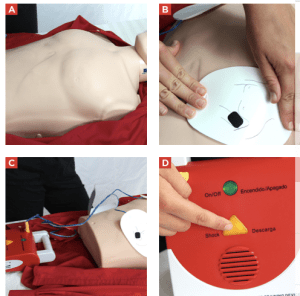AED For Adults
AED FOR ADULTS
When the heart does not work properly,
a person may collapse. An AED can deliver a shock to help
restart the heart.
These portable units have a computer that analyzes
the heart rhythm and determines if a shock is needed.
Starting CPR immediately and quickly using an AED improves
the chances of survival.
The AED is very simple to use. Follow the diagram or
voice instructions given by the AED. Apply the pads
properly and let the computer determine if and when a shock is needed.
Make sure no one is touching the person if the AED advises you to
push the shock button. If an AED is not quickly available, begin
CPR and send someone to locate an AED.
An AED should be used anytime a person collapses, fails to respond and is only gasping, or barely breathing. Turn on the AED and then follow the prompts you see and hear.

TO USE AN AED, DO THE FOLLOWING
- Turn the power on.
- Expose the chest (Figure a).
- Apply pads on the victim (Figure b)
- Connect the pads.
- Clear the person (Figure c).
- Analyze the rhythm.
- Follow the prompts (Figure d): Shock Advised, No Shock Advised, Check Connection, etc.
- Resume CPR with compressions.
Take Note: If a person has a medication patch on their chest, remove it before applying the AED pads. Also, if there is a bulge under the skin of their chest, a pacemaker may be present. Avoid placing the AED pads over this device and adjust placement accordingly. If the AED malfunctions or does not work, continue performing CPR until additional help arrives.


